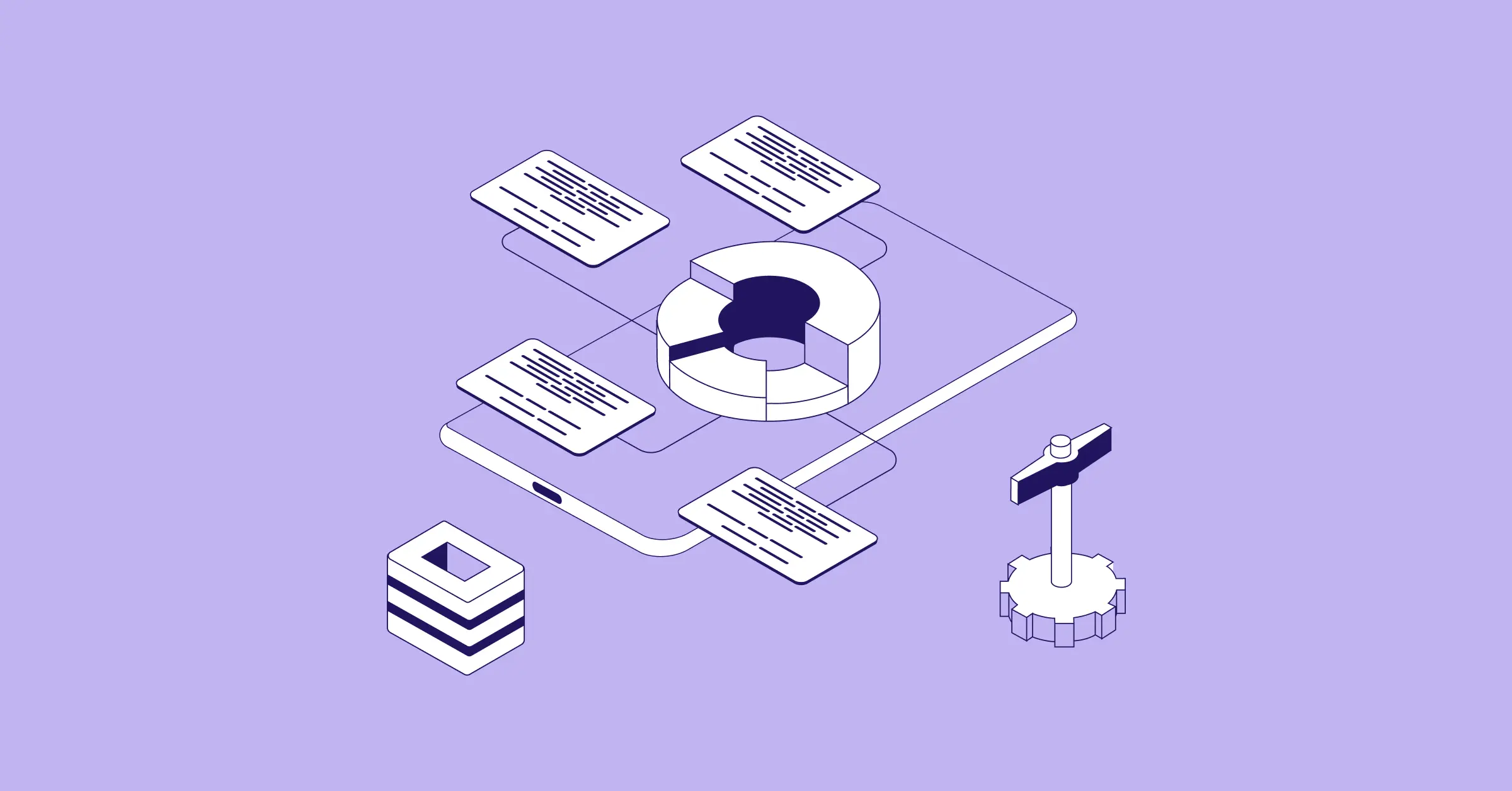
Sign up for our newsletter
Stay informed with the latest trends and best practices in finance and procurement.

In the world of corporate accounting and finance, the flow of cash payments goes in two directions - in and out. On the one hand, incoming payments from customers, partners, or vendors are known as Accounts Receivable, or AR. Conversely, outgoing payment obligations are known as Accounts Payable, or AP.
As business-related finance practices have embraced contactless, virtual payments and transfers in recent years, the old method of manual, ledger-focused payment tracking for AR and AP has largely gone by the wayside. Simultaneously, and not without coincidence, the demand for digital, streamlined Fintech solutions has increased dramatically in recent years. As a result, companies have begun to adopt AP automation processes.
This article will cover the following topics:
- Getting to Know AP Automation
- The benefits of AP automation
- How to Automate AP
- Selecting AP Automation Software
Getting to Know AP Automation
AP Automation, without a doubt, simplifies and streamlines the Accounts Payable process. By keeping manual input to an absolute minimum, AP automation drastically reduces the potential for human error. Meanwhile, with its capacity for tech integration, businesses have been able to draw more significant conclusions from the data, including more robust forecasting, all while enjoying much broader overall visibility.
The benefits of AP automation
Beyond AP automation’s extrapolatory strengths, its benefits largely stem from its innovations to the day-to-day function of companies and their finance teams. AP automation’s benefits include:
How to Automate AP
It’s one thing for a company to say, “let’s automate our AP processes!” and it’s another thing altogether to make it happen. For many businesses, this means AP automation needs to be implemented gradually over a more extended period instead of overnight. At a high level, the AP automation process consists of two primary tasks, conducted via a business’s Enterprise Resource Planning platform, or ERP.
1. Digitize Your Payments
For legal and organizational reasons, businesses must maintain detailed financial records. However, companies older than a few years old, especially those that operate outside of the tech sector, are notorious for manual, paper-based record-keeping and payment methods.
“The first step in AP automation is to say goodbye to paper-based record-keeping and payment methods”
For instance, if a business is still paying by check, it’s time to switch to ACH or wire transfer between bank accounts. Between that and maintaining an automated invoice schedule, businesses will see their AP process become faster, more secure, more easily organized for taxes, cheaper to manage, and overall, more eco-friendly.
2. No More Invoice Scanning
When implementing AP Automation, it’s easy to mistake scanning/emailing invoices for digitization. If a human needs to scan a paper invoice manually and turn it into a PDF for submission, then the process has categorically not been automated.
Instead, automation needs to fully take over the invoicing process, thereby freeing up the time of staff concentrated on AP. An automated version of invoice processing engages in digitization and three-way matching without the need for manual input, resulting in greater accuracy and security.
Selecting AP Automation Software
Like other modernizing trends, AP automation often results in impulses similar to “out with the old, in with the new.” As a result, businesses may needlessly do away with essential aspects of their financial infrastructure, like their bank or ERP. That’s why businesses often select AP automation services, like PayEm, that work in tandem with companies’ existing frameworks to bring out the best of both worlds.
In the case of AP Automation, PayEm can sync seamlessly with a business’s ERP, including NetSuite. In turn, this allows for a centralized and simplified AP process, one which:
- Saves time and money
- Reduces errors & overall workload
- Eliminates manual inputs & double data entry
- Offers control, flexibility, and visibility
That said, AP Automation is just the tip of the iceberg of what PayEm can bring to a business. For more information, contact PayEm’s experts for a commitment-free, no-cost walkthrough of the platform and its benefits.


